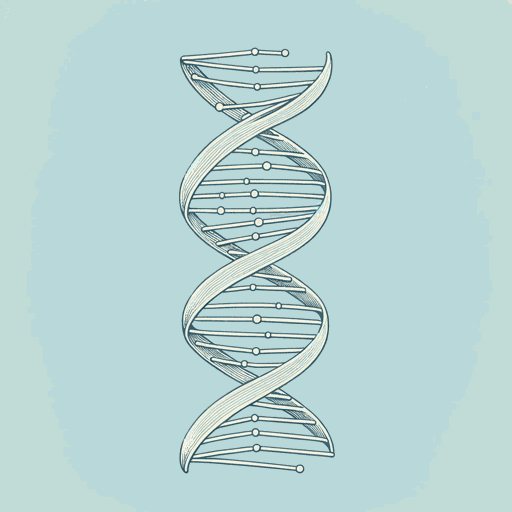84 pages • 2 hours read
James D. WatsonThe Double Helix
Nonfiction | Book | Adult | Published in 1968A modern alternative to SparkNotes and CliffsNotes, SuperSummary offers high-quality Study Guides with detailed chapter summaries and analysis of major themes, characters, and more.
Chapters 25-28Chapter Summaries & Analyses
Chapter 25 Summary
Crick is frustrated by Watson’s balancing of work with tennis, girls, and cinema in the evening. Watson knows the real issue to be solved is the bases. They already have a functioning model for the backbone compatible with the B-structure data from Kings College.
It’s neither Wilkins or Franklin who provide this data, instead, itcomes from Perutz,who is on a committee overseeing the outputs of the Kings College lab. As it wasn’t confidential, he felt able to pass the data on.
In the evenings, Watson tries to puzzle out the bases, the issue being, how do irregular, complex bases fit, in neat three-dimensional arrangement, with what must be a regular, repeatable sugar-phosphate backbone structure. Equally problematic is the question of what binds the bases together.
Increasingly, Watson thinks hydrogen bonds are key, not just between molecules, but occurring between all bases in a DNA molecule.
The next week an idea hits him: the “potentially profound implications” (134) of like-with-like base bonding. This would mean each base is bound to its like-base by two hydrogen bonds at a 180-degree rotation. A with A, T with T, C with C, G with G, as shown in the schematic in this chapter.

